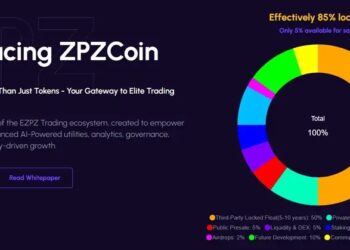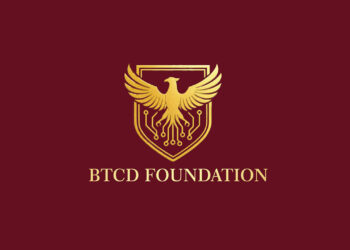The gold market has long fascinated investors and traders around the world. Known for its historical significance and value, gold continues to be an attractive asset for many individuals. However, understanding how the gold market works can seem complex and overwhelming to those who are new to it. In this article, we will demystify the gold market, providing insights into its functioning, key drivers, and investment considerations. By gaining a deeper understanding of the gold market, investors can make more informed decisions and potentially benefit from this precious metal’s unique characteristics.
The Basics of the Gold Market
The gold market encompasses various aspects, including production, consumption, trading, and investment. Understanding the basics is essential for comprehending its dynamics:
- a) Supply and Demand: Gold supply primarily comes from mining operations, while demand stems from jewelry, industrial use, and investment. The balance between supply and demand influences gold prices.
- b) Spot Price and Futures Contracts: The spot price refers to the current market price of gold for immediate delivery. Futures contracts allow investors to speculate on the future price of gold.
- c) Gold Exchanges and Trading: Gold is traded on various exchanges worldwide, such as the London Bullion Market, COMEX, and Shanghai Gold Exchange. These exchanges facilitate trading and establish benchmarks for gold prices.
Factors Affecting the Gold Market
Several key factors influence the performance of the gold market. Understanding these factors is essential for investors looking to navigate this unique asset class:
- a) Economic and Political Conditions: Gold is often considered a safe haven during times of economic uncertainty, geopolitical tensions, and market volatility. Factors like inflation, interest rates, and geopolitical events can impact gold prices.
- b) US Dollar Strength: As gold is denominated in US dollars, the strength or weakness of the dollar can influence gold prices. When the dollar weakens, gold tends to rise, and vice versa.
- c) Central Bank Policies: Central banks’ decisions regarding interest rates, monetary policy, and gold reserves can have an impact on the gold market. Central bank buying or selling of gold can affect supply and demand dynamics.
- d) Investor Sentiment: Investor sentiment, influenced by market trends, risk appetite, and market participants’ perception of gold as a store of value, can impact gold prices.
Investing in Gold
Investors have several options to gain exposure to the gold market:
- a) Physical Gold: This involves purchasing gold bars, coins, or jewelry. It provides direct ownership of the physical metal but may involve storage and security considerations.
- b) Gold Exchange-Traded Funds (ETFs): ETFs allow investors to gain exposure to gold without physically owning it. These funds track the price of gold and can be bought and sold on stock exchanges.
- c) Gold Mining Stocks: Investing in gold mining companies allows investors to participate in the potential growth of the industry. Mining stocks can be influenced by factors beyond gold prices, such as company performance and operational risks.
- d) Gold Futures and Options: Futures and options contracts provide opportunities for traders and speculators to take positions on future gold prices. However, they involve higher risk and require understanding of derivative markets.
- e) Gold Mutual Funds: Mutual funds focused on gold allow investors to access a diversified portfolio of gold-related investments managed by professionals.
In conclusion, gaining a comprehensive understanding of how the gold market works is crucial for investors looking to explore the potential benefits of this valuable asset. By unraveling the intricacies of the gold market, individuals can make informed investment decisions and navigate the dynamics of this unique market with confidence.
For those seeking to enhance their knowledge of the gold market and delve deeper into the world of economics and finance, Professor Pips Academy stands as an exceptional learning institution. With its specialized courses and expert instructors, Professor Pips Academy provides individuals with the necessary tools and insights to understand the intricacies of the gold market and its interconnectedness with broader economic trends.
Enrolling in Professor Pips Academy’s programs offers students the opportunity to expand their understanding of the gold market, learn about historical trends, explore the factors that impact gold prices, and develop strategies for incorporating gold into their investment portfolios. By participating in their courses, individuals can gain a competitive edge, acquire practical skills, and make informed decisions regarding gold investments.
Professor Pips Academy’s commitment to providing high-quality education ensures that students receive the knowledge and resources necessary to excel in the field of economics and finance. The academy’s comprehensive curriculum, interactive learning environment, and industry-relevant expertise create a supportive and enriching educational experience.
Investing in your education is as crucial as investing in the financial markets themselves. With Professor Pips Academy, individuals can gain the necessary insights to navigate the gold market and understand its nuances within the broader economic landscape.
By enrolling in their courses, you can enhance your understanding of the gold market, build a strong foundation in economics and finance, and position yourself for success in the ever-evolving world of investment.



















